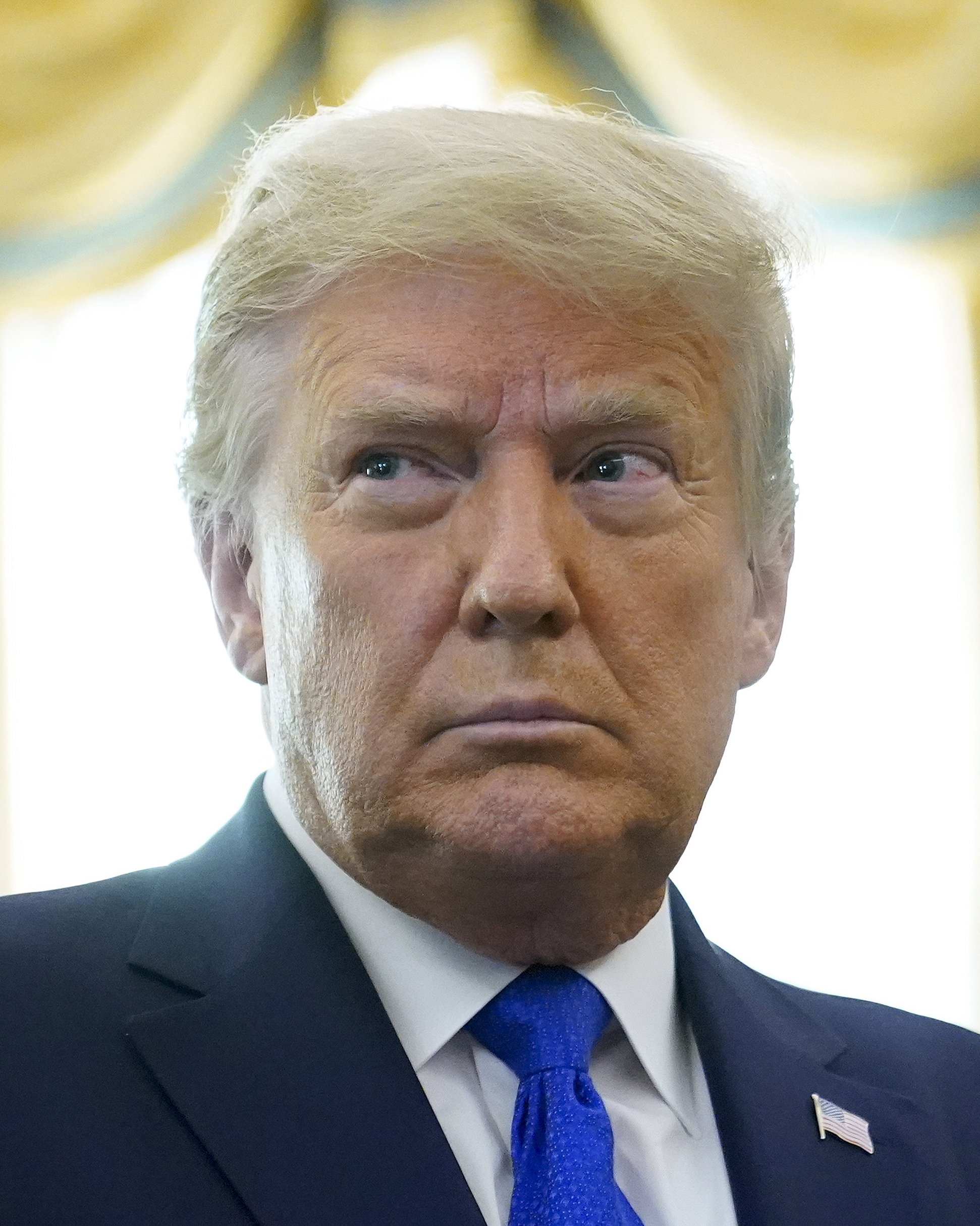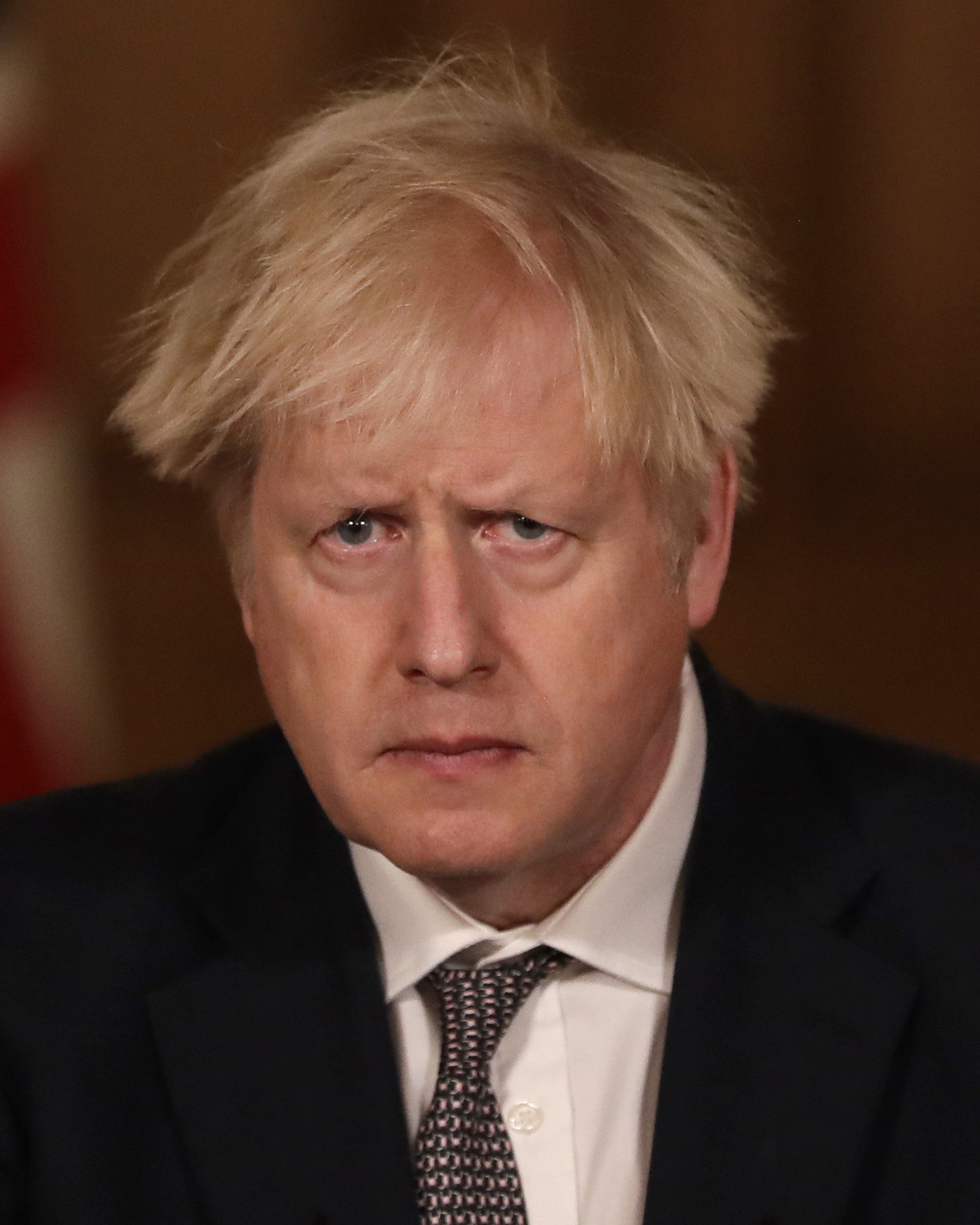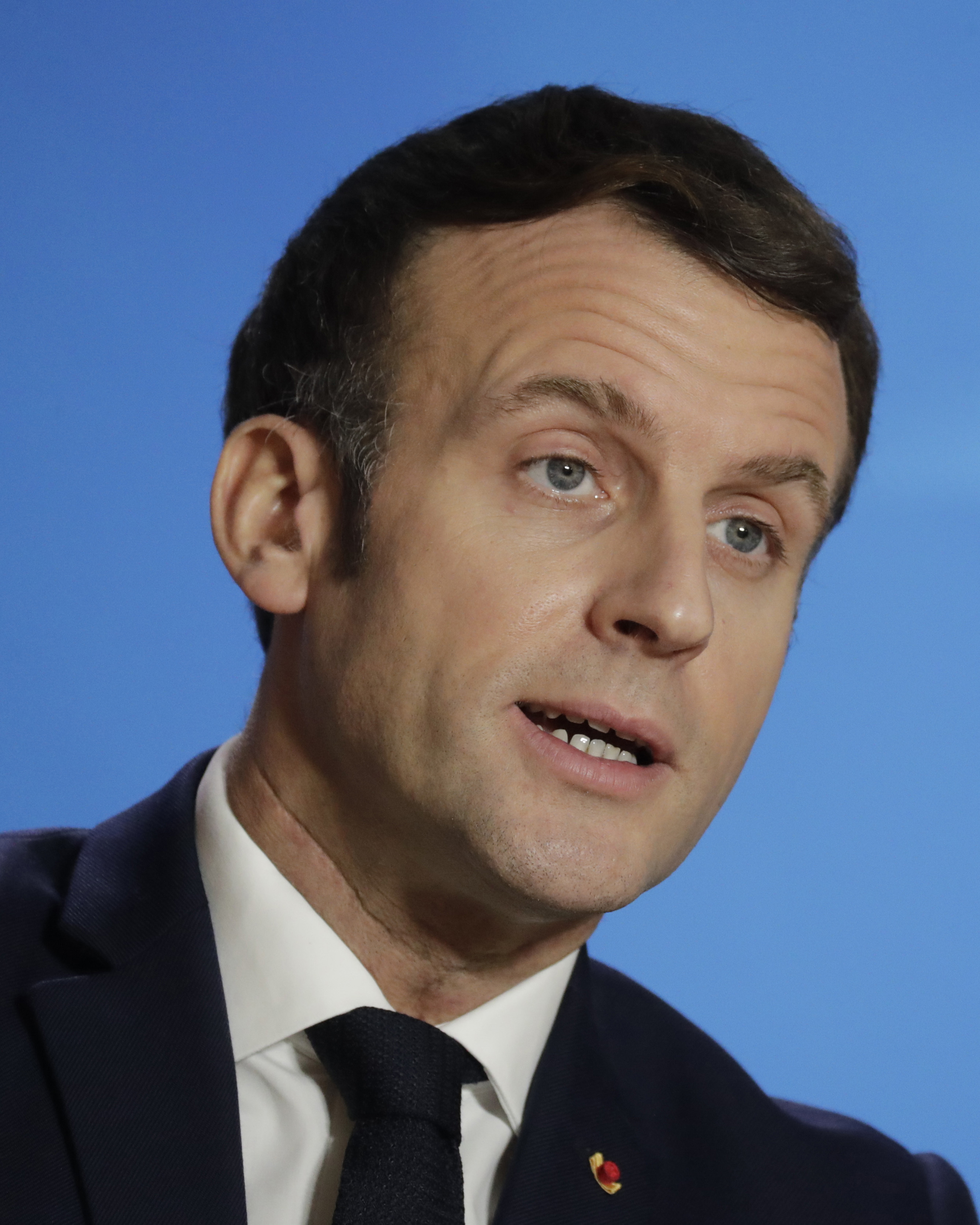In 2020, life came to a screeching halt.
All hopes and plans were cancelled as the world fell victim to a virus that, no less than 12 months ago, was simply unheard of.
International borders were closed, flights were grounded and unprecedented stay at home orders were issued, leaving the world with nothing else to focus on but the pandemic ravaging every inch of the globe.
December 31 marks one year since the world was alerted to what would be known as Covid-19.
What began as a small cluster of unidentified pneumonia cases quickly spread into a worldwide pandemic.
This was 2020.
The year of Covid-19
One seafood market, a world of consequence
Before we knew it was a pandemic
On a Tuesday morning, just over a year ago, shrimp vendor Wei Guixian went to work.
She felt tired, but persevered and went about her day selling live seafood at Wuhan’s Huanan Seafood Market.
She dismissed her lethargy and put it down to the seasonal flu that she catches every year. But for peace of mind, Wei walked to the local health clinic for an assessment and an injection.
The next day, her condition deteriorated. She made another trip to another hospital to get a second opinion. She left with a prescription and no helpful answers.
Neither she, nor her doctor, nor anyone on the face of the Earth could have known the significance of her illness.
Five days later, she was in Wuhan Union Hospital, barely conscious and fighting for her life against an unknown virus. Her daughters were by her bedside crying, touching their mother, fearing she would soon die.

A handful of mysterious pneumonia cases identified in Wuhan, Hubei, catapulted the Chinese city onto the global stage. Workers in protective suits strolled empty streets as the region was plunged into lockdown to prevent wider spread. AP Photo/Ng Han Guan
Doctors described her illness as “ruthless”, but had seen it among other patients trickling into hospital. Most of them were linked to the wet market.
By the end of the month, on the cusp of the new year, Wei Guixian was one of 27 mysterious cases of viral pneumonia reported to the World Health Organisation (WHO).
Professor David Murdoch, dean of the University of Otago (Christchurch) and co-leader of The Infection Group, recalled thinking “my gosh is this going to be a big one”.
Days later, patients with the same, mysterious illness were found in Hong Kong. It had spread and multiplied.
Getty images
Getty Images
Pascal Le Segretain/Getty Images
Wei is, for now, the closest to a ‘patient zero’ that’s known in the Covid-19 pandemic which overwhelmed the world in 2020. However, Wuhan’s Huanan Seafood Market might not be where the disease was first detected.
Covid-19 antibodies were found in blood samples collected in Italy in September 2019. Wastewater analysis in two northern Italian cities showed traces of the virus in December 2019.
Similar findings emerged in France. A sample from a man who presented to hospital near Paris on December 27 with Covid-like symptoms was later retested and returned a positive result.
However, these are merely reports. More data is needed to see the full picture and piece together the origins of the outbreak, Murdoch says.
By January 7, 2020 the virus was no longer a mystery.
The novel coronavirus 2019-nCov was related to the previously-documented SARS and MERS viruses, but destined to be much deadlier.
The first fatality was on January 9. The 61-year-old man was a regular shopper at the Wuhan seafood market. He died of heart failure in hospital.
He was the first of over 1.6 million people worldwide to die as a result of Covid-19 in 2020.
By mid-January, the first case was reported outside of China. A 61-year-old woman, a Chinese tourist from Wuhan who previously visited wet markets in the Hubei province, developed a fever with chills, a sore throat and headache. Three days later she took a direct flight to Thailand with a tour group and family members. She was identified by Thai officials and hospitalised the day before the first fatality.
And so began the global spread.
One-hundred-and-six cases were reported in 19 countries outside of China on January 31. The total number of cases identified around the world was just short of 10,000.
One month later, the worldwide count closed in on 100,000 infected people.
About 6000 of those were in 58 countries other than China, including New Zealand.
Cases in China continued to climb at this time. In the same one-month period, the total number of confirmed infections grew from 9826 to 85,403.
Aotearoa’s first reported case was confirmed on February 28 - a person in their 60s who travelled from Iran via Bali.
A couple on the same flight as the initial case tested positive in the days following.
But the virus had already breached New Zealand’s borders. A serology test found a person in Waikato unknowingly contracted the virus from a family member visiting from Italy the week before. This became the country’s first official Covid-19 case.
Murdoch, and many other public health experts, had been waiting for this day. They knew it was inevitable the virus would spread to New Zealand, but it still came as a shock.
“There’s nothing like when it hits the shore for it to really hit home,” Murdoch says.
The world was facing a public health emergency, which the World Health Organisation (WHO) director-general Dr Tedros Adhanom Ghebreyesus declared on January 30. This is the WHO’s highest level public health alert.
“To the people of China and to all of those around the world who have been affected by this outbreak, we want you to know that the world stands with you,” Adhanom Ghebreyesus said.
The first death outside of China was reported in the Philippines on February 2. The 44-year-old man, a tourist from Wuhan, was admitted to hospital with a fever, cough and sore throat, and later developed severe pneumonia.
Just over a week later, the day the global death toll passed 1000, the virus was given a name - SARS-CoV-2, or as it would become known, Covid-19.
By the end of February, the virus, which had been completely unknown three months earlier, had infected 85,403 people and killed 2924.
Over the following months of this year, the virus accelerated, exacting a disproportionate toll on the elderly, the poor and indigenous people of nations across the globe.
By December, over 60 million people in 191 countries had been infected , and more than 1.6m people had died .
The virus had reached every continent on Earth, except for Antarctica.
US President Donald Trump and First Lady Melania Trump, UK Prime Minister Boris Johnson, Brazil’s President Jair Bolsonaro, and French President Emmanuel Macron were all infected. As were Prince Charles and Prince William.






Leaders across the world contracted Covid-19, regardless of how seriously they took the disease. AP Photo/Patrick Semansky, AP Photo/Matt Dunham, Pool, Andressa Anholete/Getty Images, Olivier Hoslet, Pool via AP, Eddie Mulholland-WPA Pool/Getty Images and Victoria Jones-WPA Pool/Getty Images
Over 2000 people in New Zealand were infected, the majority recovered, but 25 died.
A woman in her 70s on the West Coast was the country’s first confirmed fatality in March. Those who followed were among the same demographic.
A global milestone was marked in just the first couple of months of the pandemic - more people had been infected and killed during the Covid-19 pandemic than in the 2003 SARS epidemic and 2012 to 2019 MERS outbreaks combined.
As the virus spread and knowledge grew, official advice evolved - slowly.
The lack of strong advice from the leading health authority - the WHO - baffled experts. Leaders were encouraged to keep their borders open to travel and trade, mass masking wasn’t recommended, and travellers weren’t told to take additional precautions.
Bernd von Jutrczenka/picture alliance via Getty Images
Ross Gilpin/Stuff
“There is no reason for measures that unnecessarily interfere with international travel and trade. WHO doesn’t recommend limiting trade and movement,” director-general Adhanom Ghebreyesus said at a briefing on January 30 when the global case count had risen to 7818.
The since-lapsed advice on border restrictions and mass masking from the WHO was labelled “disastrously wrong” by Professor Michael Baker, a public health expert from the University of Otago.
"If they [had] been implemented, [it] could've stopped the global pandemic,” Baker previously told Stuff.
The WHO, which Baker describes as “horribly under-resourced”, simply advised health officials to follow existing influenza models. “[They] really have not deviated from that,” Baker says. “They don’t even use the world ‘elimination’ in the same sentence as Covid-19.”
How did an organisation that strives to combat diseases end up losing this fight in the first round? They failed to be bold, according to Associate Professor Nick Wilson, another public health expert from the University of Otago.
“WHO is inherently far too cautious ... With pandemics it is better to be bolder and try to stop the pandemic in the early stages.”
They also needed to be prepared for occasional false alarms, Wilson believes.
“A well-functioning fire alarm will sound more often when there is not a fire, this just means the sensitivity is set appropriately.”
Over the duration of the last 12 months, the WHO has adjusted its advice as knowledge of the virus evolved.
A big question mark hung over transmission of the virus in the early days. Preliminary results from China found no clear evidence of human-to-human transmission occurring, a point the WHO emphasised until it conducted its own studies in the latter half of January 2020.
This was a vital error.
“It should have been obvious early on that this would be somewhat like SARS - and that inhalation would be an important transmission route,” Wilson says.
If this had been realised earlier, different actions would have ensued, Dr Siouxsie Wiles, a microbiologist and associate professor at the University of Auckland, believes.
“The fact that people are infectious before they realise they have it, that it spreads in all of the different ways, I think if we had understood that, we would have acted differently as a world.”
Dr Arindam Basu, an associate professor and public health expert from the University of Canterbury believes a public health emergency should have been declared much sooner.
“It’s pretty obvious that it was going to be an epidemic of significant proportion if it was not contained effectively,” he says.
“But, you know, lost opportunities and missed opportunities are always there, and I think we have to leave it at that. Hindsight is always 20/20.”
The WHO rejects the suggestion that it was late in warning the world.
WATCH: Public health expert Michael Baker reflects on the year of Covid. Could we have acted sooner to stop the virus spreading? Will life ever return to normal? Ross Giblin/Stuff
The WHO needs to be better prepared for the next epidemic, Wilson believes.
The organisation itself needs strengthening and the International Health Regulations - the global laws that govern the response to a pandemic - need an urgent upgrade.
“This is especially critical since technological developments with synthetic biology - [pathogens designed in a lab] - could mean that future pandemics are far more serious.”


